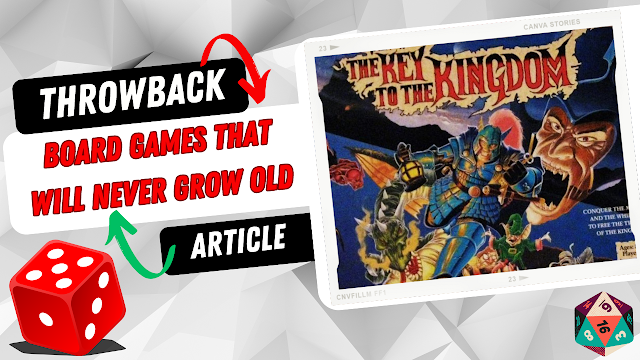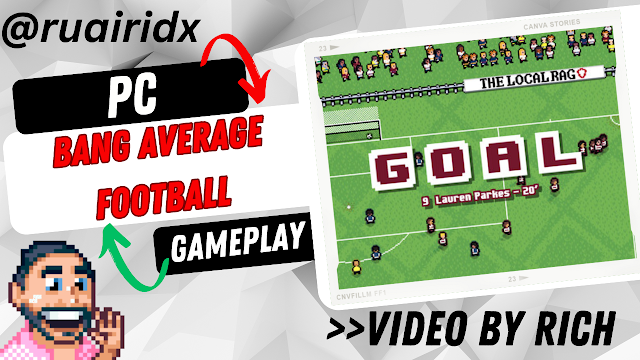Firstly, casino-style games have always been a large part of gaming culture. We have all been there, playing classics such as Bicycle Casino and Hoyle Casino on old Windows laptops back in the day. Naturally, these games have translated well into today’s iGaming platforms, acting as the inspiration behind some of the best crypto casino sites for UK players. As gambling expert Andjelija Blagojevic explains, these crypto platforms have completely transformed gambling by accepting currencies such as Bitcoin and Ethereum. Even more, these retro classics are reflected in the retro-themed casino slots, or the use of pixelated graphics that offer punters a trip down memory lane.
To further our journey into the past, many indie and AAA titles also take inspiration from early arcade games and platformers. This mainly comes in the form of hard-to-master mechanics that have easy-to-learn gameplay. A good example of this can be seen in the way Stardew Valley channels arcade roguelikes by borrowing from Hades and Harvest Moon. Dark Souls is another title that leans into the 'throw you into the deep-end' gaming approach. The only way to progress through the game is with skill, not just by skating by.
However, there are other factors borrowed from retro games that can be easily spotted in today’s gaming mechanics. Modern game design, in the visual and audio fields, has gained inspiration from classic titles. For instance, the Pixel Art Renaissance is an obvious one, with multiple Indie titles such as Shovel Knight and Celeste using this art style. Besides providing a unique visual experience, this also acts as a means of artistic expression for these creators to set themselves apart.
In terms of sound, there are an endless number of ways games draw inspiration from retro audio design. Using synthesised sounds and chiptune soundtracks is a good callback to some of the best classic titles. Even more, it creates a feeling of nostalgia, calling back to the era of 8- and 16-bit. However, there is a fine line between a rip-off title and a developer paying homage to those retro gaming styles we have come to know and love.
Another contributing factor (if not the most crucial) is the use of world-building techniques and narrative approaches from retro games in today’s titles. For instance, environmental storytelling was a heavy narrative trope relied on by classic titles such as Donkey Kong and Marble Madness. These adventure games usually rely on exploration or subtle cues to help players learn more about the story being told, and titles such as Gone Home and Outer Wilds heavily use this.
Archetypal tropes and characters are another creative way video games draw inspiration from retro titles. Many of them break the fourth wall to further the narrative, leaning into the trope of a silent protagonist or a damsel in distress. Although used mainly in early RPGs or adventure games, these tropes and character archetypes can be found in a larger genre of games. This includes allowing players to unfold the narrative alone instead of providing immense exposition.
Retro game inspirations also filter into the way gaming communities are built. The open nature of early titles has made it possible for gamers to directly influence game development. Accessible gaming mods are a great instance of this, wherein players can upgrade their games with a few simple clicks. Even more, this has inspired independent innovation and development, with more players opting to create their own games. The growth of indie titles is a result of this. Finally, the independence offered by retro titles in the actual gameplay (the lack of 'hand-holding') has become something modern developers have embraced.
Retro gaming may seem like a niche, but it is the foundation for gaming, ranging from aesthetics to mechanics. The past and present combine to leave the door open for more innovation going forward, with one drawing from the other. This creates an exciting yet endlessly fascinating future for gaming.




No comments:
Post a Comment
Like what you see in the Games Freezer?
Why not tell us what you think with a few well-chosen comments? :)